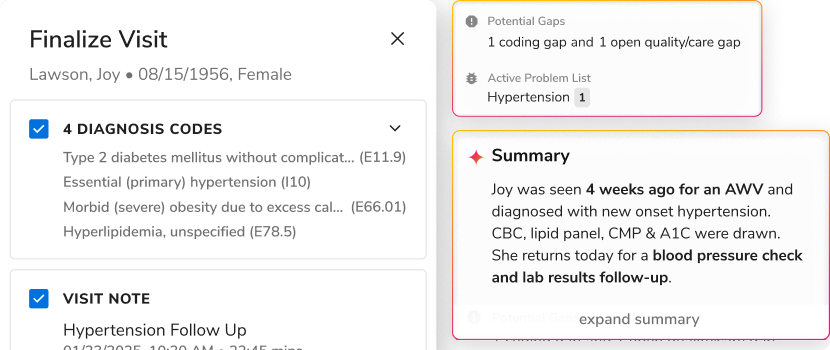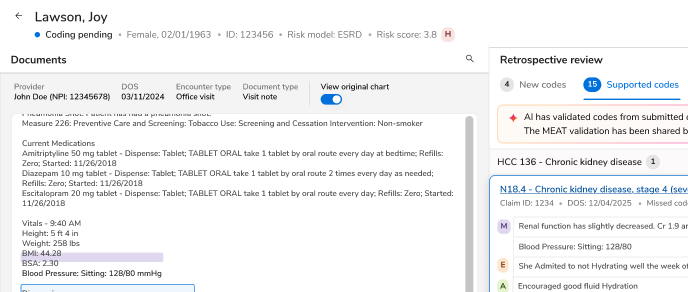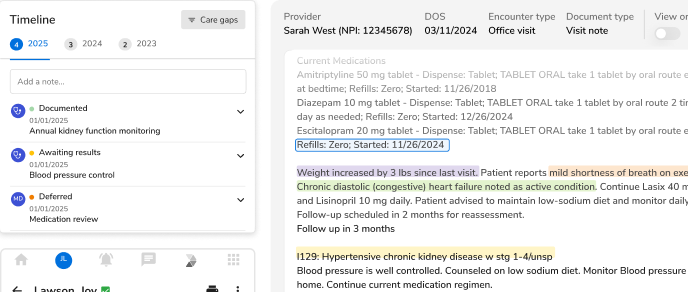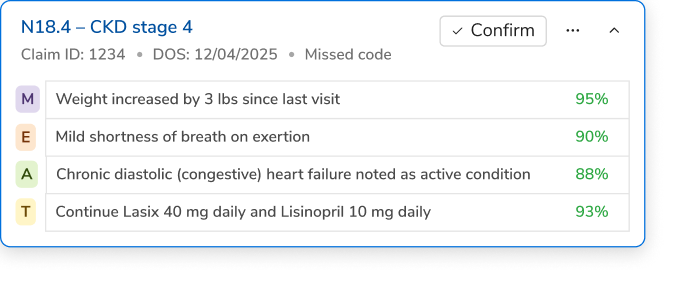Population Health Management Begins with Data Integration

As a person who has advocated the advancements of technology in healthcare- the industry entering a digital era and becoming home to some of the most cutting-edge and forward-thinking new technologies is great to witness. Plus, regardless of one’s stance, it’s great to see quality in healthcare becoming paramount and today, improving patient care, clinical outcomes, empowering patients while reducing cost are some of the few goals providers are after. And what’s the common denominator for all of these goals? Data integration.
Healthcare leaders actually do understand that data integration is wreaking havoc within health IT systems. Data is running rampant in the healthcare industry with volumes of clinical, genomic, financial, and administrative data- all increasing. For example, a report projects the volume of healthcare data will go over 2, 314 exabytes by 2020. However, are we able to comprehend the impact poor data integration is having on healthcare?
Burning a $342 billion-sized hole in your pocket!
$342 billion. Data integration, cited as a number one challenge by healthcare professionals, results in $342 billion in lost benefits, every year. The loss was based on the estimation of $1.7 trillion in total healthcare benefits paid out by the departments of Health and Human Services and Agriculture, and the Social Security Administration. Nearly half the healthcare professionals- 47%- believe a better focus on data integration can eliminate these significant losses that can leave us all under the weather.
Disparate data leads to not one, but many issues. Another survey disclosed that a mere 46% providers feel their EHRs have been instrumental in improving patient outcomes. Moreover, 76% of them think that poor data integration and non-interoperability has negatively impacted care.
The dissatisfaction with data integration has been loud and clear. Then why hasn’t data integration happened faster? Why hasn’t it been more transformational?
Why hasn’t data integration been pitch-perfect?
Despite innovations, data integration in healthcare has a lot of challenges. One of the significant culprits here is legacy technology. Data integration strategies depend largely on the legacy system used by an organization, its architecture and the level of compliance in this day and age. Each data system, new or old, will have its own data schema- a whole other definition for every single attribute. There is a very high possibility that data points are not accurately mapped across different systems- even the ones as simple as ‘patient,’ ‘eligible member,’ or ‘disease registries.’ Add the exploding data in healthcare and we have systems that can hardly communicate with each other, let alone collaborate.
Secondly, there happen to be some gaps between the teams that integrate data and the teams that handle data. The teams that integrate data have little understanding of data handling and collection process. On the other hand, those responsible for the end-use of data don’t participate in the integration process. This difference in mindsets not only creates a gap but also makes the process of data handover and exchange sloppy.
Is there a way around?
I have said this time and again- healthcare is dynamic. That means, we can’t just hit “pause” somewhere down the road and solve the challenges. Patient care continues. We may have disconnected systems, we may have fragmented communication and disparate systems will lead us to a tangled mess of a healthcare- expensive, fragmented and time-consuming.
So, what do we do?
There’s only one thing that’s certain- we can’t forgo the basic intent of healthcare. Patient care can’t stop. Population health should not take a hit. Whatever be the challenge, we don’t get to stop providing care. The solution has to be smart, it has to be quick and it has to be AGILE!
Making healthcare smart and agile as it grows
With massive increases in the types, sources, and complexities in healthcare data, healthcare organizations need to establish an agile infrastructure that acts as a centralized repository for cleaned-up data. An agile and smart data integration solution will turn the tables in healthcare is several ways:
- Reduced data silos: Maybe, in the beginning, keeping EHRs, billing and research data separate in a privacy-driven world made sense. Now, healthcare has assumed a comprehensive care model and population health management requires single, longitudinal records for individual patients. The solution here is an agile data integration solution that can support different data formats, even the new and upcoming ones, and assimilate them without wasting time and money on unnecessary ETL.
- New and next-generation technologies: New generation technologies like the cloud, mobile, wearable devices and telemonitoring devices are made to meet today’s lifestyle and data challenges. The idea is to help healthcare entities improve care delivery with all the data they can gather and healthcare needs an agile solution that can integrate valuable data “as is.”
- Real-time data integration: Evolving data will help add context and more deeper and insightful understanding of any issue- be it a patient’s medical condition or a business strategy. A smart solution will improve fluidity, easily merging data from different sources and will help achieve real-time understanding, from no-matter-how-complex data schema.
Consider an Orlando-based health system recognized the need for effective data integration to manage their clinical and operational needs. The health system needed to rapidly acquire and link disparate healthcare data with a flexibility that could acquire new and emerging data sets. With a smart data integration solution, the health system achieved the following efficiencies:
- 240 fewer days needed to integrate billing summary system data.
- 51 fewer days needed to integrate infection control system data.
- 94% reduction in the work hours needed to incorporate data system enhancements.
The road ahead
While the world argues about data governance standards and the woes of EHRs, let’s take a minute to figure out how healthcare is getting affected because of disparate systems. We can look forward to the “second wave” only when we perfect the first and the foremost step of data integration. Like they say, “well begun is half done,”- data integration may be challenging and daunting, but if the organizations that can get the first step right, they have already traversed half the road to value-based care. In fact, the successful organizations will find this challenge turned into a triumph- marking a game-changing moment.
For more updates, Subscribe
If you want to see our efforts in the area, Schedule a quick demo
For further information about Datashop, Join Innovaccer team at Booth # 106 at FLAACOS 2017.

.png)





.png)









.svg)
.svg)

.svg)

